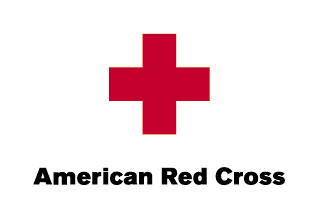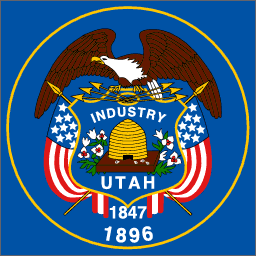Hurricane Katrina
The initial hope that New Orleans dodged a bullet, and avoided the outright destruction of the city predicted Sunday has faded.
With the failure of a key levee, most of the city is flooded, and the waters are still rising. It now is clear that the Big Easy didn't escape after all.
Worse, many people would not or could not evacuate. It is believed there may be as many as 100,000 people trapped inside the city.

From Fox News
From what I understand, this picture comes from New Orleans, or one of its suburbs.
The governor of Louisiana has now ordered that New Orleans be completely evacuated. Failed levees have led to widespread flooding and there appears to be nothing that can be done to stop it.
And water continues to rise.
From the Associated Press:
With conditions in the hurricane-ravaged city of New Orleans rapidly deteriorating, Gov. Kathleen Blanco said Tuesday that everyone still in the city, now huddled in the Superdome and other rescue centers, needs to be evacuated.
"The situation is untenable," Blanco said, pausing to choke back tears at a news conference. "It's just heartbreaking."
The breach of two levees Tuesday meant the city was rapidly filling with water and the prospect of having power was a long time off, the governor said. She said the storm also severed a major water main, leaving the city without drinkable water.
"The goal is to bring enough supplies to sustain the people until we can establish a network to get them out," Blanco said.
FEMA is considering putting people on cruise ships, in tent cities, mobile home parks, or so-called floating dormitories, boats FEMA normally uses to house its own employees, said Coordinating Director Bill Lokey.
Lokey said he anticipated FEMA will set up a permanent office in the area.
Recovery will take so long, he said, that some workers could spend their entire career working on Katrina.
"This is the most significant natural disaster to hit the United States," Lokey said.
The devastation was enormous. One of the twin spans of Interstate 10 was broken into dozens of pieces between the pylons, stretched out across rising water like puzzle pieces. Only rooftops were visible in several neighborhoods and the occasional building was on fire. In relatively lucky neighborhoods, residents waded in the empty streets in knee-deep water.
Blanco, Lokey and others spoke to reporters after officials flew to New Orleans with FEMA director Mike Brown and other officials. They stopped at the Superdome, where Mayor Ray Nagin outlined the dire situation: hundreds, if not thousands, of people may still need rescuing from rooftops and attics, he said.
Blanco described the dedication of rescue workers who at midnight were told to take a break.
"They refused. They couldn't do it," Blanco said.
Blanco said rescuers were unable to get to people stranded, but safe, in one tall building because so many other people were "calling to them and jumping from rooftops" into the water to be rescued first.
Things were so bad, Nagin said, that rescue boats are bypassing the dead.
"We're not even dealing with dead bodies," Nagin said. "They're just pushing them on the side."
Maj. Gen. Bennett C. Landreneau, adjutant general for the Louisiana National Guard, said search and rescue teams were still picking up people throughout the city, leaving them on highway overpasses-turned-islands and on the Mississippi River levee to wait until they could be moved again.
They will eventually end up in the Superdome, where he estimated 15,000 to 20,000 people already have taken refuge and where rising water is threatening the generators.
Among the evacuees are 5,000 inmates from New Orleans and suburbs that need to be moved. Officials were trying to figure out how.
As the FEMA helicopter left, with Sen. Mary Landrieu looking out the window, a group of looters smashed a window at a convenience store off the interstate in Metairie and jumped inside.
Nagin described the looters as drug addicts ransacking drug stores and people looking for food.
Police chief Eddie Compass said police are mainly focused on search and rescue.
"We'll deal with looting afterward," Compass said. "Human life is our top priority."
Nagin confirmed one person died at the Superdome attempting to jump from one level to a lower one.
Nagin said 75 to 80 percent of the New Orleans area is flooded.
Nagin said there are two major breaks in levees -- one at Florida Avenue in New Orleans East and another on the 17th Street Canal, where two or three blocks of concrete levee blew out.
Because of the 17th Street Canal break, Lake Pontchartrain water is pouring into the city. Nagin said the pumps that normally protect the city are working, but since they send water into the lake it does no good.
He said the Corps of Engineers is trying to sandbag the break but he had no timeline for their efforts.
And that is only New Orleans. Mississippi and Alabama were clobbered, too. Damage assessment all over the region is only beginning.
More Info:
National Hurricane Center
Drudge Report
NOLA.com Hurricane Center
Michelle Malkin
To help:

Donate to the Red Cross


0 Comments:
Post a Comment
<< Home